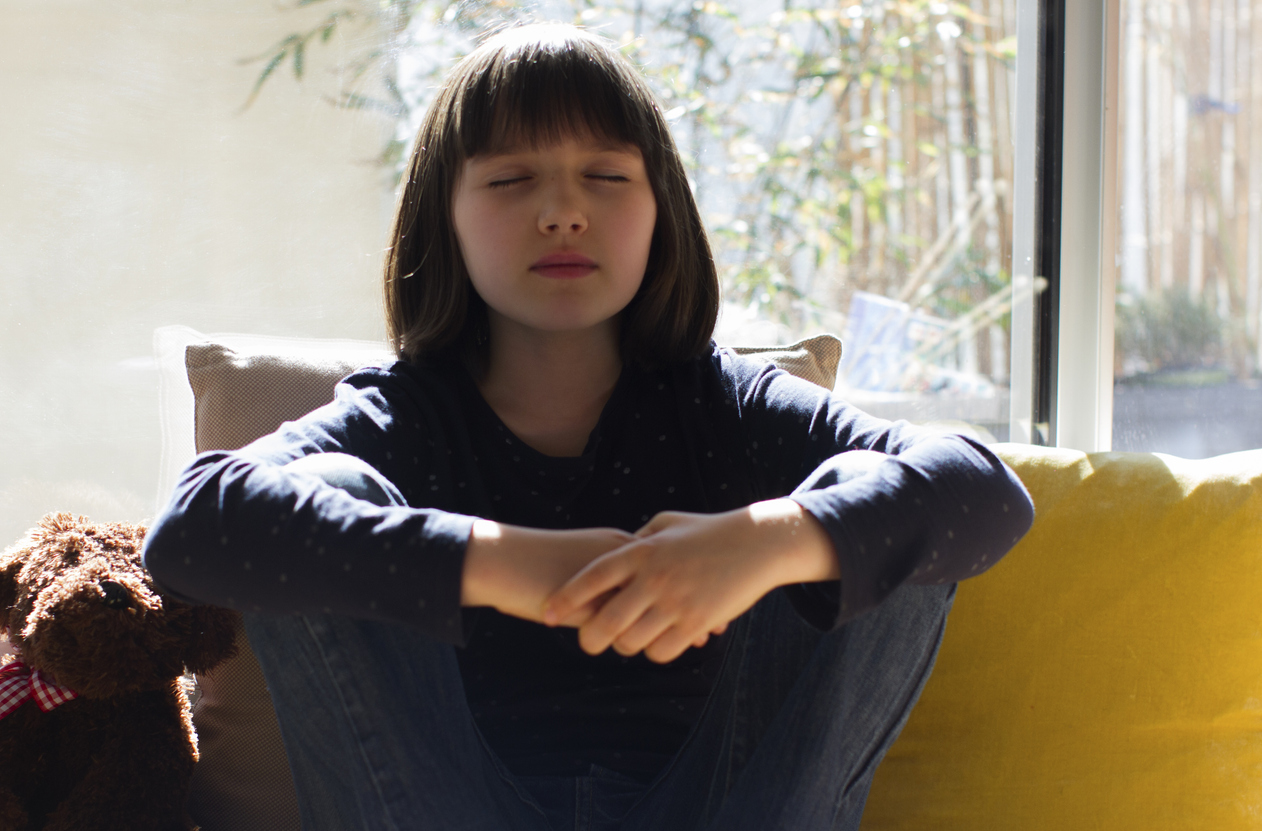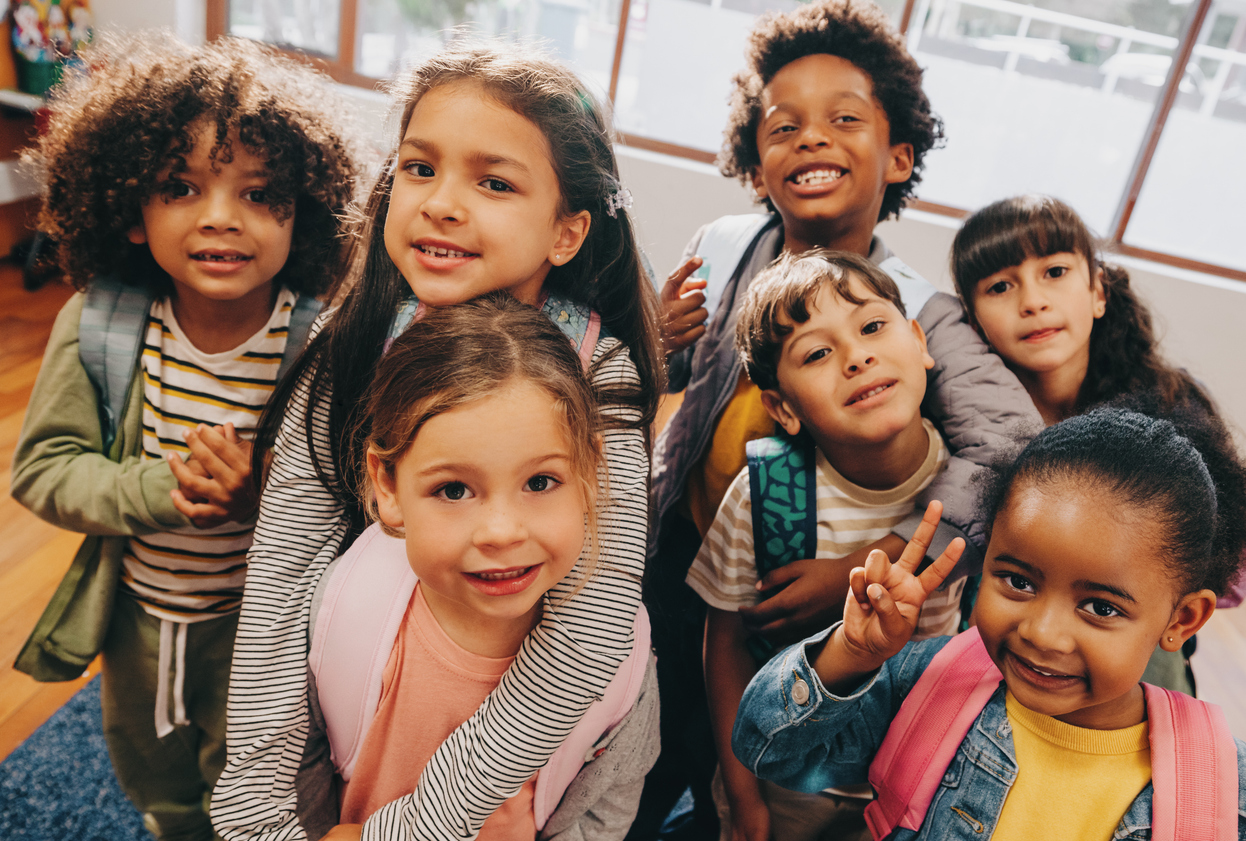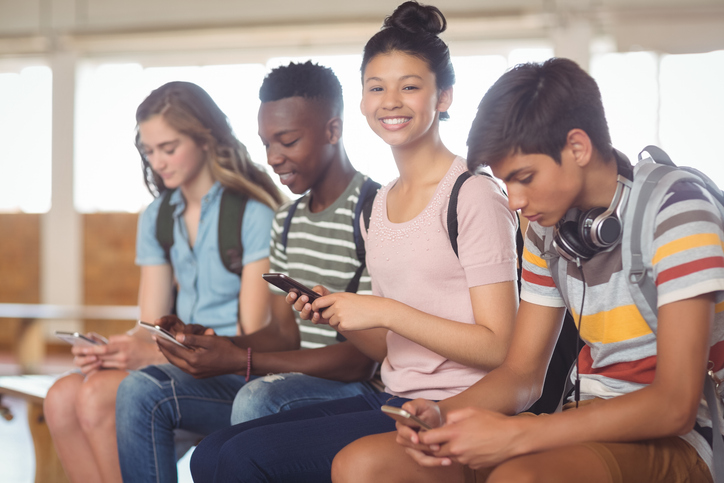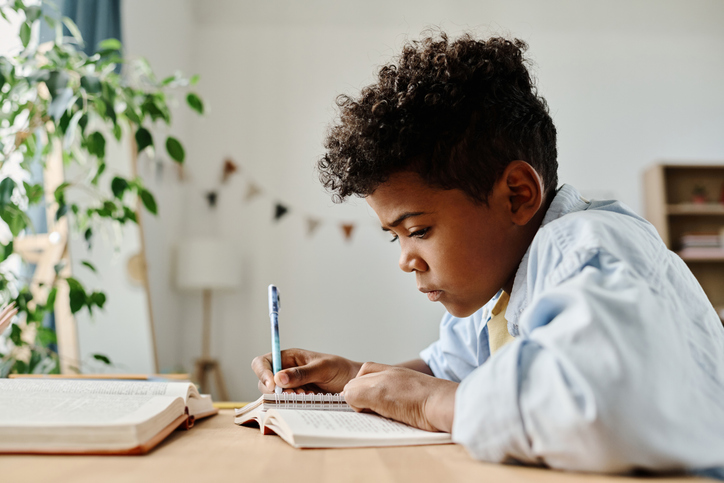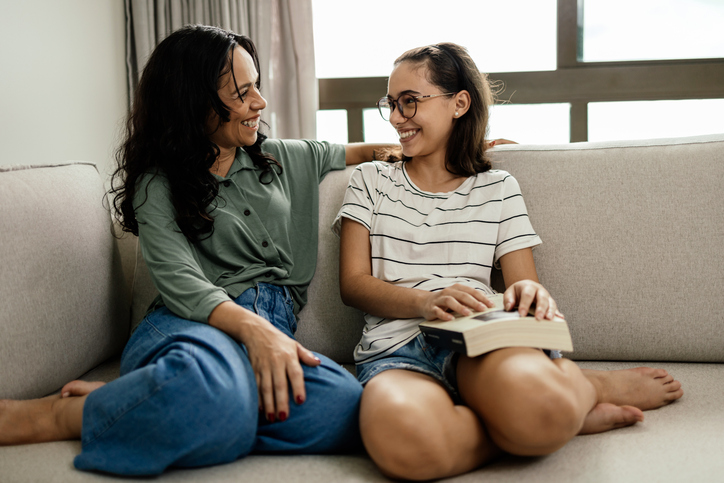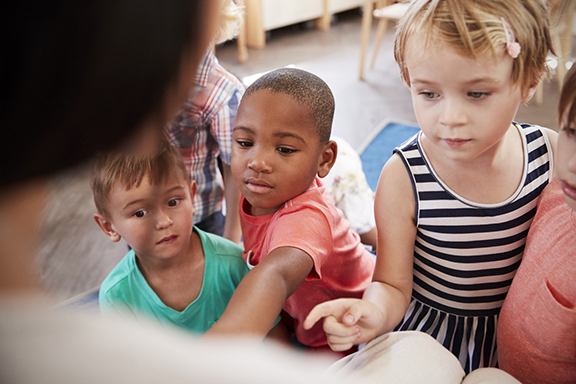From Stress to Strength: Benefits of Yoga for Kids Include Health and Fun
By D’Angela Alberty Program Director, Three and a Half Acres Yoga (THAY)
Our children live in an environment that is very much impatient. Everything surrounding us is gotta-have-it-now energy. Often we don’t realize that the influences around us can be stressful for our kids, but they are. Our children have had to adapt to this fast-paced world and it is affecting their mindset by interfering with their way of navigating their lives as the children that they are. Everything is so busy and society doesn’t allow us to slow down. This chaos has a major impact on our children’s lives which truly devastates their way of being.
Children are naturally joyous, carefree, adventurous; but when the grownups have a “hurry up” mentality, this can be confusing for our children, and even for ourselves as adults. Each and every single one of us are children at heart, and we need to bring joy back to our inner selves. When we are able to step back, take a deep breath, and look at the world around us, we start to become present and engaged in the world again.
The stress and trauma brought on by the Covid-19 pandemic has left a staggering impact on our country’s mental health. The combination of the pandemic along with a sharp increase in technological overuse, most impacted our children, whose mental health has suffered as their lives have to shift to fit the model of where we are now in society.
I am a solo parent to three young children ages seven, four, and three years old. We have survived immense trauma and we practice yoga with mindfulness together every single day. It is a part of our routine to keep us flourishing. The practice of yoga is beneficial for all children and families, particularly when combined with the outdoors. The deep breathing taught with yoga postures accelerates nature’s boost in cognitive function.
I first became connected to Three and a Half Acres Yoga (THAY) in September 2021 while looking for trauma-sensitive yoga for myself on my healing journey. Once I graduated from the training, I spent a year volunteering before becoming the program director. I am honored to be a part of a program that aligns with my values as a parent, and as a survivor. Families who do outdoor yoga in a THAY class can expect to gain awareness of breath as they increase their ability to deal with stress, gain balance, and sustain focus.
Practices are taught by trauma-sensitive yoga teachers, who focus specifically on how to safely work with individuals facing emotional, physical, or social trauma. Yoga classes help manage and reduce stress and the effects of traumatic events through training with adaptive poses, breathing, and mindfulness techniques.
Mindfulness is the ability to observe thoughts, feelings, and sensations calmly and objectively. Mindful breathing helps identify discomfort and enables the management of physical and emotional distress. It is a form of meditation that can reduce anxiety, treat symptoms of depression, promote relaxation, sharpen memory, and even improve heart health. Creating a mindfulness practice calms our sympathetic nervous system, allowing for harmonious self-regulation. Through this practice, we develop a capacity to observe things as they are and become better equipped to respond rather than react.
Creating space for mindfulness and self-care can drastically decrease stress, improve clarity and focus, and have magnificent healing properties. Breathwork, meditation, and mindfulness practices expand our capacity for joy, tranquility, and patience.
I have found that yoga can help counter the pressures of a fast-paced world. When children learn techniques for self-health, relaxation, and inner fulfillment, they can navigate life’s challenges with a little more ease. Yoga at an early age encourages self-esteem and body awareness with physical activity that is noncompetitive. Fostering cooperation and compassion, instead of opposition, is a great gift to give our children.
Children receive enormous benefits from yoga. Physically, it enhances their flexibility, strength, coordination, and body awareness. In addition, their concentration and sense of calm and relaxation improves. Doing yoga, children exercise, play, connect more deeply with the inner self, and develop an intimate relationship with the natural world around them. Yoga brings that marvelous inner light that all children possess to the surface.
When children imitate the movements and sounds of nature, they have a chance to get inside another being and imagine taking on its qualities. My kids tell me they love chanting and they express how much they enjoy singing, and when they chant or sing, they are not thinking about anything else except those practices. Certain freeing postures can return them to the world, our planet. Child’s pose is a favorite posture in my home. It brings us back to those very moments as young children when we felt safe, almost like a turtle in its shell, free from harm. The physical movements in asana introduce kids to yoga’s true meaning: union, power, expression, and honor for oneself and one’s part in the delicate web of life.
Yoga is about exploring and learning in a fun, safe, and playful way. Yoga and kids are a perfect match. Yoga teaches us about our bodies. When we practice the physical postures, we learn how to move more freely and with greater ease and awareness. These postures help our bodies become strong and flexible. Yoga teaches us to connect to our breath. When children experience trauma, sometimes we can breathe the opposite way. The way I practice with my kids is by breathing into a balloon to make the balloon bigger and then breathing out so the balloon starts to deflate. Growing up, I would actually breathe the opposite way because my body was in survival mode. When we feel stressed, our body knows what to do to keep us alive, but the technicalities of breathing can get away from us. So when we experience trauma, we need to retrain our bodies and teach ourselves that we are safe and it is okay to breathe with ease. When we breathe deeply and fully and become more aware, we bring peacefulness and energy to our bodies.
Yoga teaches us to use our energy more effectively. When we practice yoga, we learn to use the life force energy in our bodies to feel more relaxed, focused, or motivated. Yoga teaches us how to quiet the mind. When we practice yoga, we learn how to be still. This helps us listen with attention and make good decisions.
Yoga also teaches us about balance. When we practice yoga, we learn to be more aware of the need for balance in our lives. This can mean equal stretching on the left and right sides of our bodies or making sure we balance our very busy days with equal quiet time and relaxation.
Yoga teaches us to be the “boss” of our bodies, allowing ourselves to be the boss of ourselves, which is a big concept for kids. It takes time, but yoga gives us our power back. Yoga teaches us to listen to our bodies by modifying or changing postures that are challenging or cause pain. Yoga teaches us about taking care of ourselves. It is a great way to move our bodies and feel healthy – and teaching children how to take care of themselves is a wonderful way to demonstrate love, kindness, and caring.
As with all forms of exercise, a good yoga practice can mean a good night’s sleep. The beauty of yoga is that children can practice alone, with a friend, or within a group – anytime, anywhere. I even practice yoga with my kids at the grocery store, at the airport, when playing at the park, or in the comfort of our own home.
Teaching yoga to our children at a young age is a strategy that helps them acquire the confidence they are meant to continue building throughout every single stage of life.
D’Angela Alberty is program director at Three and a Half Acres Yoga (THAY), a healing yoga, meditation, and mindfulness practice working with underserved communities in New York.
This article appeared in the 2024 issue of the Parents League Review. Get the current issue of the Review free with a family membership. Or purchase it separately.





